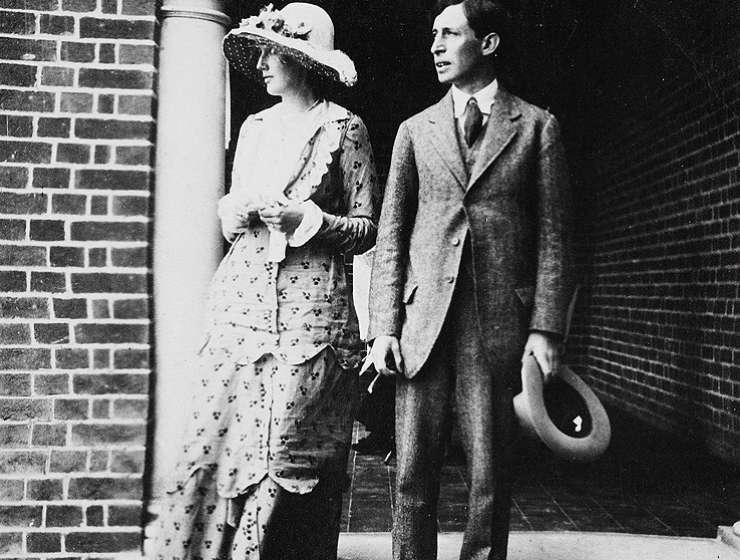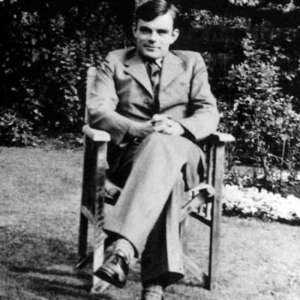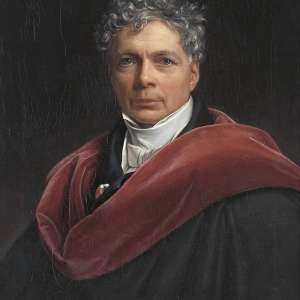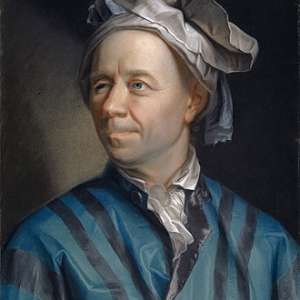
Virginia Woolf was one of the most distinctive writers of the English Literature using the stream of consciousness technique masterfully. The stream of consciousness technique is one of the most challenging narrative techniques in writing. In both reading and teaching, this technique requires a lot of study. This study focuses on the teaching of the stream of consciousness technique taking Virginia Woolf's technical artistry in her use of sentence structure and vocabulary. Putting special emphasis on Virginia Woolf's technical artistry while dealing with this challenging technique, we hope that it will be easier to understand Woolf's style better.
The thematic analysis of her works is not enough. In this study, we dealt with Virginia Woolf's three novels; Mrs Dalloway, To the Lighthouse, and The Waves. These are Virginia Woolf's well-known novels, which are considered to show her mastery in the use of stream of consciousness technique in an effective way. First, it is possible to say that in each of the books mentioned above; a different way of the stream of consciousness technique is used, which makes it peculiar to Virginia Woolf. Despite the fact that she deals with each work differently, there are some specific points common in all three of these books. Although the works are in the form of a prose, they are closer to poetry, especially To the Lighthouse and The Waves. Her vocabulary choice and the sentence structure causes the reader to feel that he is reading a poem in the form of prose.
This is related to Woolf's passion to find a new narration style. She combines poetry and prose so successfully that her works are both tempting and hard to read. This study is an examination of some of the techniques Virginia Woolf used in order to create poetry in the form of prose. The structures of balance and sound as well as the use of parenthesis are analyzed in this study. This work increases our understanding of Woolf's stream of consciousness technique while we are walking along the corridors of her mind.










































